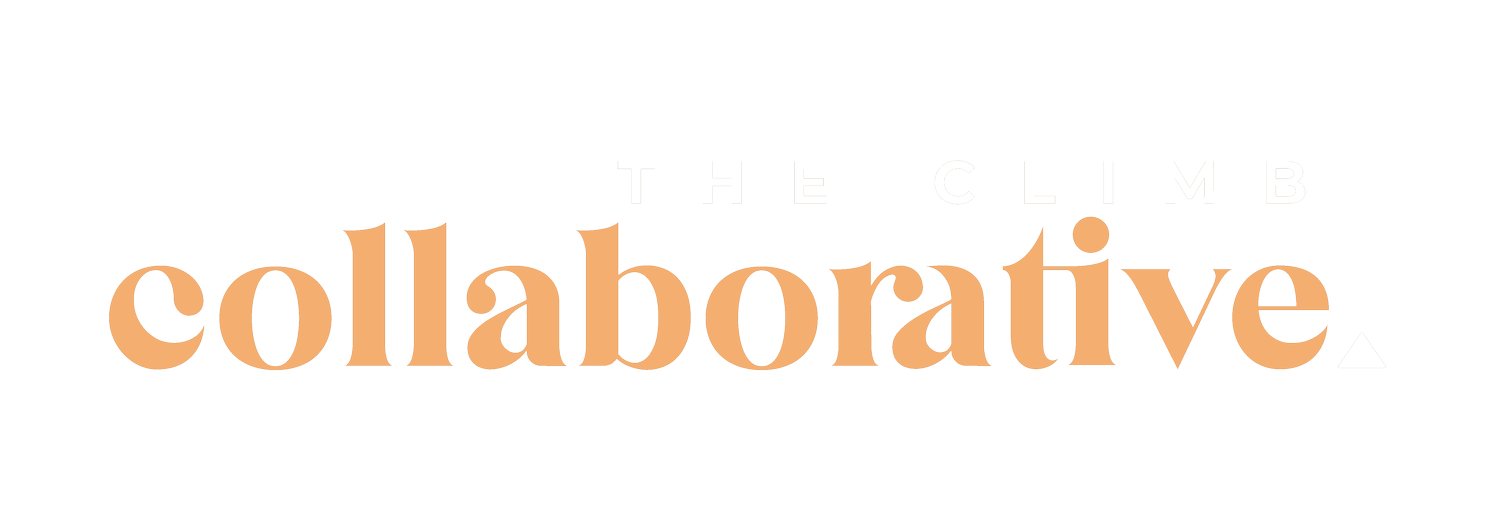The Do’s & Don’t’s of Website Design
Website design is an incredibly important aspect of creating a successful online presence for any individual or business.
It can be the difference between a website that is engaging and user-friendly, and one that is confusing and frustrating to navigate.
In this post, we will be discussing the dos and don’ts of website design, with the goal of helping you create a website that is both functional and visually appealing.
DO: Keep it Simple
One of the most important factors in website design is simplicity. A website that is cluttered and difficult to navigate will only serve to frustrate visitors and drive them away. Keep your design clean and simple, with a clear hierarchy of information. Use a limited color palette, and make sure that your fonts are easy to read. Remember, your website should be easy to use and navigate, not a puzzle that visitors have to solve.
DON’T: Overuse Flashy Graphics
While flashy graphics and animations may seem like a good idea at first, they can quickly become overwhelming and distracting for visitors. Instead, focus on creating a website that is visually appealing without being too busy or overwhelming. Use high-quality images and graphics sparingly, and make sure that they are relevant to your content.
DO: Optimise for Mobile Devices
With more and more people accessing the internet on their mobile devices, it is essential that your website is optimised for mobile use. This means using responsive design, which adjusts your website’s layout to fit the screen size of the device being used. Make sure that your website is easy to navigate on a small screen, with large, easy-to-click buttons and a clear, simple layout.
DON'T: Overdo it with Fonts
While it may be tempting to use a variety of fonts in your website design, it is important to remember that too many fonts can be distracting. Stick to one or two fonts that are easy to read and complement each other.
DO: Use High-Quality Images
Using high-quality images can make a big difference in the overall look and feel of your website. Make sure your images are optimised for the web and are not too large, as this can slow down your website's load time.
DON'T: Use Stock Photos Without Customisation
While stock photos can be a great resource, it is important to customise them to fit your brand and website. Using generic stock photos can make your website look unprofessional and generic.
DO: Make it Easy to Navigate
Another key aspect of website design is navigation. Visitors should be able to find what they are looking for quickly and easily, without having to click through multiple pages or menus. Keep your navigation simple and intuitive, with clear labels and easy-to-find links. Avoid using drop-down menus or other complicated navigation styles that can confuse visitors.
DON'T: Use lots of Pop-Ups
Pop-ups can be annoying and can lead to a negative user experience. Instead, use other methods such as banners or in-page messages to convey important information.
DO: Use White Space Effectively
White space, or the empty space between design elements, is an important aspect of website design. It can help to create a sense of balance and harmony, and make your content easier to read. Use white space effectively, with plenty of breathing room between paragraphs and sections. This will help to make your website feel more spacious and inviting, rather than cramped and cluttered.
To wrap up…
Website design is a crucial aspect of creating a successful online presence. By following these dos and don’ts, you can ensure your website is both visually appealing and user-friendly.
Keep it simple, optimise for mobile devices, use white space effectively, and create intuitive navigation.
With these tips in mind, you can create a website that stands out from the crowd and delivers an excellent user experience.
